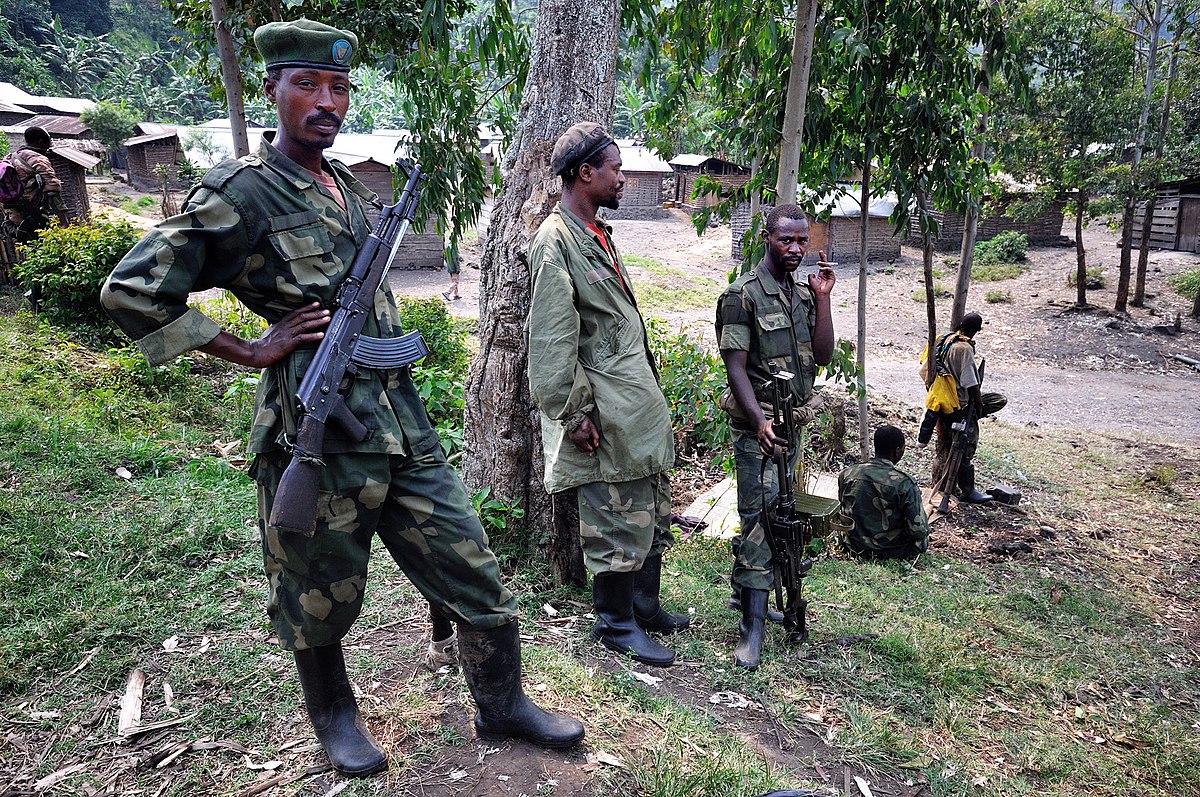
Multi-Layered Violence in the DRC: Is History Repeating Itself?

Located in the heart of Africa, the Democratic Republic of Congo (DRC) is riddled in the East by the presence of rebel groups on its territory, from within but also neighboring countries, leading to armed clashes, human rights violations and internal displacements. This has led the region down a never-ending spiral of instability and the conflict has been dubbed a “forever war”. The past year has seen renewed violence by a number of national and regional armed (non) state actors, spurring increased regional turbulence. What are the key factors and who are the main actors behind this latest round of instability and violence? And is history really repeating itself?
2022 has seen a resurgence of fighting in the East of the DRC, a region that has been plagued by violence from a large number of armed non-state groups for a variety of different reasons over the last three decades. Discontent with local governance fights over land and identity-based disputes are part of the reasons. Some of the rebel groups originate from neighboring states and use the Congolese territory as their refuge from which they plan attacks both in the region, and in their own states, such as initially the Ugandan rebel group ADF, the Burundian RED-Tabara, or FDLR (Democratic Forces for the Liberation of Rwanda – an armed rebel group) which originally was composed of Rwandan genocidaires fleeing from Rwanda in 1994. Others are Congolese rebels who receive foreign support from Rwanda, such as M23. Almost all profit from the illegal extraction of natural resources in the region that hosts large gold, cassiterite, coltan, wolfram reserves and approximately 8% of the world’s tantalum reserves.
The rest of this article can be found on the website of Institut Montaigne.
(Photo credit: Wikimedia Commons)